Energy & Climate Policymaking in the European Union
How does it work?
The adoption of an EU energy policy involves three institutions:the Commission, the Parliament and the Council of the EU. The procedure starts with the Commission, the executive body or “government” of the EU, who presents a legislative proposal to the Parliament and the Council. The Parliament, one of the two “co-legislators” of the EU, conducts a "first reading", where it either approves or amends the proposal. If the Council of the EU agrees, the proposal is approved, otherwise it goes back to Parliament for a "second reading". This back-and-forth, also called “trilogue negotiations” has the Parliament and Council working closely together (with negotiations mediated by the Commission). If no agreement is reached, a Conciliation Committee is formed. If this does lead to an agreement, the Commission must submit a new proposal.
Who is involved in trilogue negotiations?
Institutions
Who are the actors involved and what role do they play? Click on an institution to learn more.
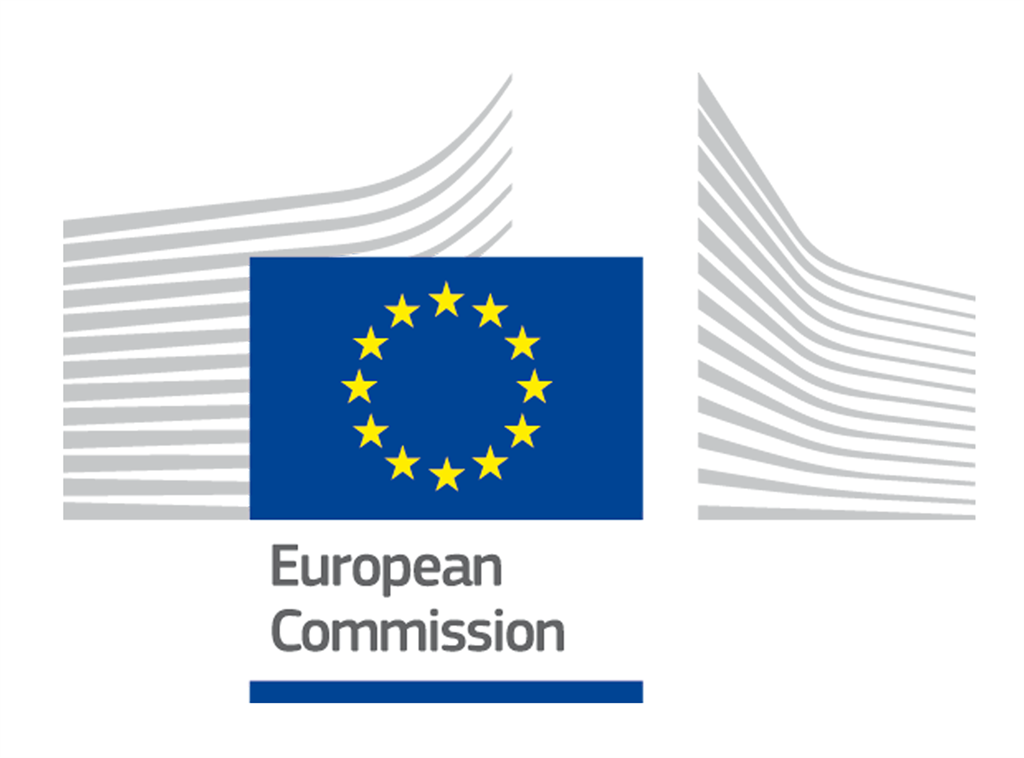
European Commission: Directorate-General of Energy (DG ENER)
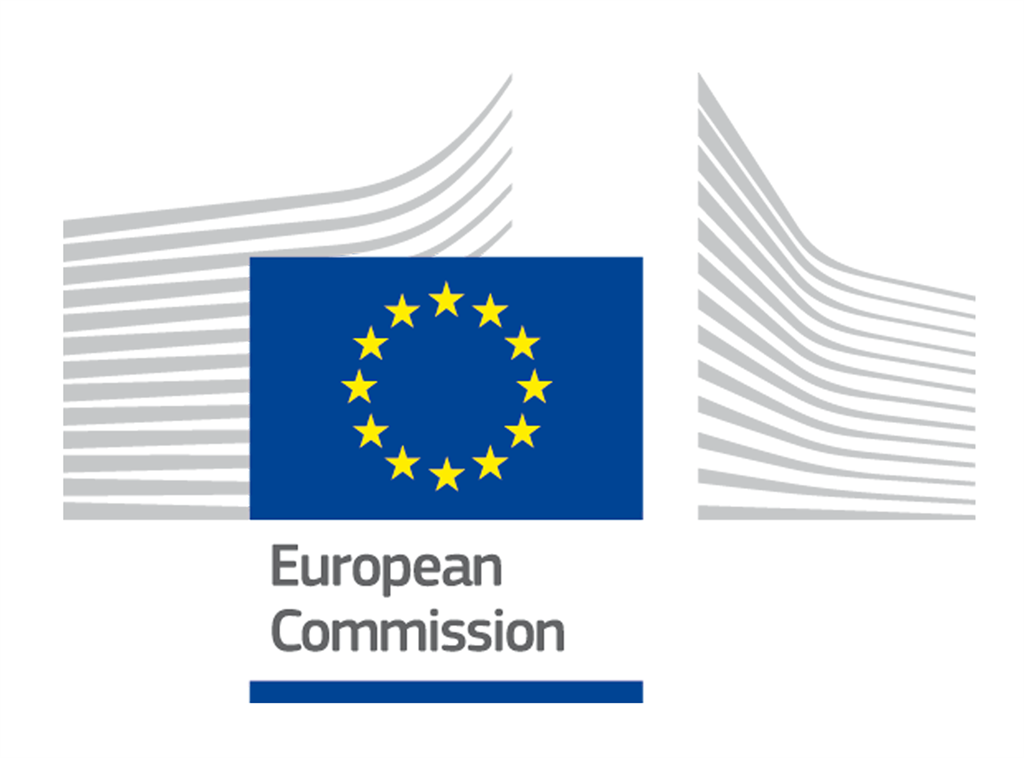
European Commission: Directorate-General of Climate Action (DG CLIMA)
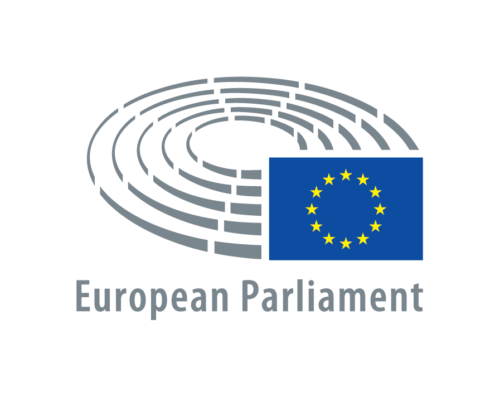
European Parliament
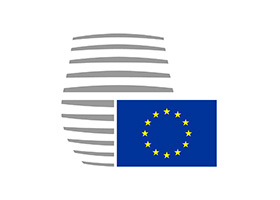
Council of the European Union
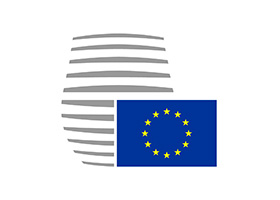
European Council